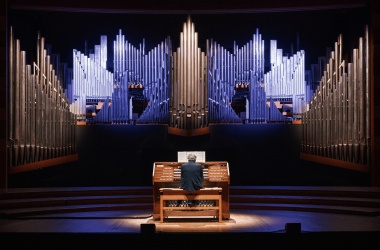
The organ in brief
Support the Auditorium -
Orchestre national de Lyon
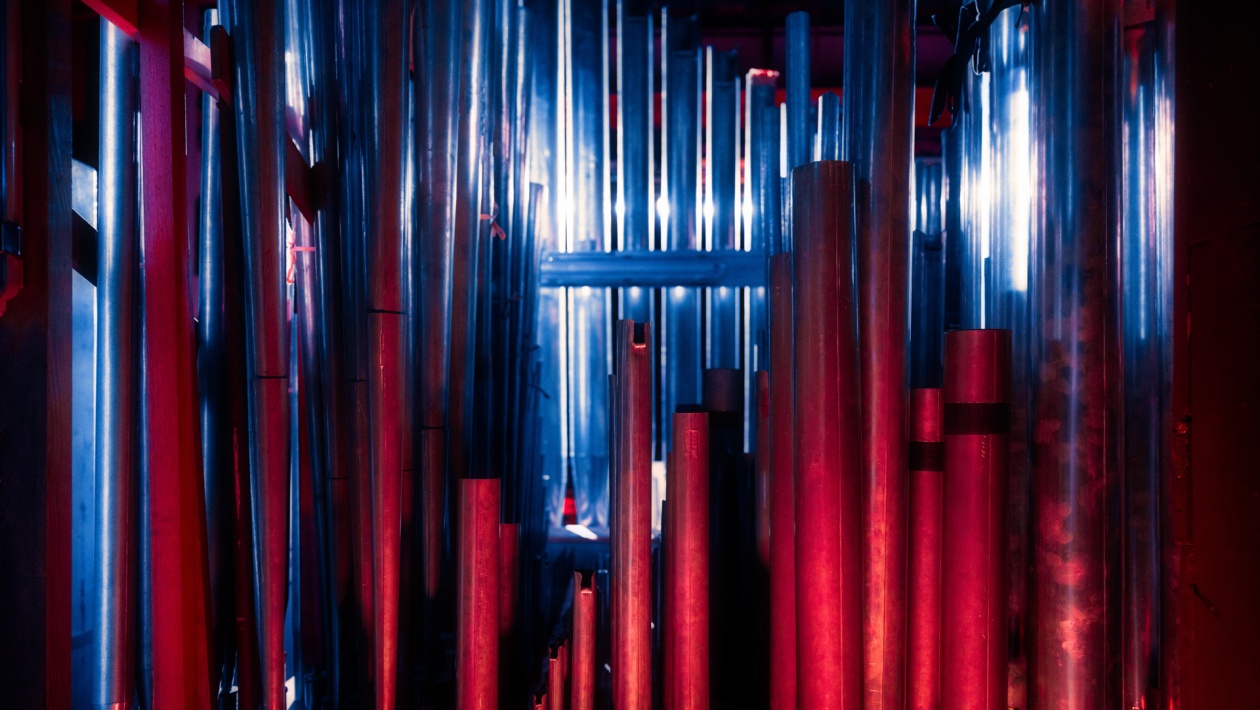
The Lyon Auditorium was built with an alcove at the back of the stage to house a concert organ. Georges Danion, Victor Gonzalez’s step-grandson and successor, was asked for a quote and submitted a plan for a new, 120-stop organ in a neo-classical style. However, he told the City of Lyon about the Palais du Chaillot organ, which he was preparing to definitively dismantle and which had not yet found a new owner.
The combined efforts of the City of Lyon’s cultural councillor, Robert Proton de la Chapelle, Georges Danion and Pierre Cochereau, the incumbent organist at the Notre-Dame-de-Paris cathedral, paid off. Louis Pradel, the Mayor of Lyon, persuaded the powers that be to assign the organ to the Auditorium at no cost. Georges Danion was tasked with the organ’s transfer and installation.
The major part of the Chaillot material was reused. However, the sound band had shifted higher, with the increase in the number of mixtures (which were entirely new) and the elimination of the metallic low notes of the Pedal (Principal 32’, Bass Violin 16’, Contrebass 16’, the latter replaced by a new set of 16’ pipes). The organ still looks much the same, except that the alcove housing the organ is narrower and deeper than the backstage area at the Palais de Chaillot, and the organ is now stationary. The Principal 32’, which used to tower boldly in the middle of the Chaillot façade, is no longer there; the central tour now houses only 16’ pipes that are half as tall.
For want of sufficient height, the wind system was placed in the basement and the lowest notes of the two remaining 32’ stops, which had retained their original length until then, were replaced by stopped pipes (lowest octave of the Principal 32’) or acoustic pipes (lowest fifth of the Contrebombarde 32’) that are half as tall. The Positif swell box was removed, leaving only one expressive manual, the Récit.
The organ was inaugurated by Pierre Cochereau on 27 October 1977 in a concert with the Orchestre de Lyon conducted by Serge Baudo. The programme consisted of Francis Poulenc’s Organ Concerto, Franz Liszt’s Dante Symphony and a lengthy improvisation at the organ.
Patrice Caire was the resident organist until his death on 17 April 1992. Under his care, the organ regained its former glory and leading artists graced its console. Thierry Mechler succeeded him until 1999. After that, the organ was played increasingly sporadically and there was no longer a resident organist.
When Thierry Escaich was appointed composer- and organist-in-residence of the Orchestre national de Lyon in 2006, the organ was once again at the centre of numerous artistic projects. One such highlight was the first French performance of his symphonic poem for organ and orchestra, La Barque solaire, on 23 April 2009, with the composer at the organ, accompanied by the Orchestre national de Lyon and its then Music Director, Jun Märkl.
This renewed interest in the organ also gave rise to a restoration project and the hosting, on 25 April 2009, of the final of the inaugural Concours international d’orgue de Lyon, an international organ competition organised by the association Orgue en jeu.
However, the instrument’s limitations – both the sound and the mechanical aspects – soon became apparent. It was decided to undertake a restoration of the organ, which was carried out in 2013.
“Search out the spirit dormant in the substance...”
Such was the task Michel Gaillard set himself when he agreed to take charge of restoring the Auditorium organ.
This historic instrument was the product of three life phases – its construction by Aristide Cavaillé-Coll in the Palais du Trocadéro, its transformation by Victor Gonzalez in the Palais de Chaillot, and its installation by Georges Danion in the Auditorium – so it could seem disparate. Its main weakness lay in the tone colours – sometimes watered down, sometimes overly sharp – dictated by the prevailing tastes at the time of its transfer to Lyon. It was important to restore the pipes’ original physical characteristics, as built by Cavaillé-Coll and Gonzalez, to bring back the colours that had been levelled out to produce an “all-purpose organ”.
The organ now has markedly distinctive registers, equipping it to handle repertoires that are in principle totally opposed (classical organ or French symphonic organ, baroque or Romantic German organ, contemporary music, improvisation). At the same time, though, it presents a perfectly coherent whole. The organ has gained considerably in definition, precision, eloquence... and soul.
The restoration cost some 240,000 euros (not including tax). Around two-thirds of this amount was financed by the City of Lyon, which owns the instrument; the remaining third was paid out of the funds of the Auditorium-Orchestre national de Lyon.
This monumental project took over five years of administrative procedures and discussions, and around six months of work. But the result is there: our organ – your organ – resonates with the same splendour as when it was first built, proud of a legendary history spanning more than a century, and destined for a no less glorious future.
The restoration spanned a period of six months in 2013. It was carried out by Michel Gaillard (Manufacture d’orgues Aubertin) and his team:
– Remove dints and bumps and clean the 6,500 or so pipes;
– Lengthen the Flûte harmonique and reed stops, which had all been shortened in 1977;
– Clean the entire instrument, rebuild and enhance the reliability of the wind system, the electrical and electronic circuits (in particular in the console);
– Install tuning and access floors for maintenance;
– Raise three windchests;
– Add new stops (without relinquishing any of the existing stops); shift a few stops;
– General tuning and revoicing, including very meticulous work on the lips of the flue stops and the blocks of the reed stops.
The restored organ was inaugurated on 13 November 2013 by Vincent Warnier, the organist-in-residence for the 2013/2014 and 2014/2015 seasons. Since then, the organ has been at the centre of a busy and varied artistic life. In addition to recitals, the organ can be heard in symphony concerts, chamber music concerts, cine-concerts, projects for families and schools, and tours. In June 2019, it hosted the inaugural Olivier-Messiaen International Organ Competition.
– C. D.
17-22 June 2019
Competition President: Claude Samuel
President of the Jury: Olivier Latry
Created in 1967 as part of the Festival de Royan, the Concours Olivier-Messiaen (a contemporary piano competition) was held in Paris until 2007. Bruno Messina, the Director of the Agence iséroise de diffusion artistique (AIDA), which promotes artistic production in the Isère, was tasked with giving the competition a new lease of life as part of the artistic project run by the Maison Messiaen artists’ residency in the Matheysine region.
The Auditorium-Orchestre national de Lyon was obviously the perfect partner for this revival. The 2019 edition took the form of an international organ competition presided over by Claude Samuel, founder of the Concours Olivier-Messiaen, former Music Director at Radio France and author of books of interviews with the composer.
The 2019 edition focused on new works. A new work, In exitu Israel, was commissioned from Philippe Hersant and stipulated as the set piece for the final round.
The Concours international Olivier-Messiaen was organised by the AIDA and the Auditorium-Orchestre national de Lyon with support from the Fondation Messiaen (under the auspices of the Fondation de France), the Fondation Marcelle et Robert de Lacour musique et danse, the Sacem, the Fondation philharmonique/Cercle des mécènes de l’Auditorium-Orchestre national de Lyon, the Fondation Francis et Mica Salabert and the Association pour la création et la diffusion artistique (ACDA).
– Olivier Latry (France), President of the Jury
– Thierry Escaich (France)
– Philippe Hersant (France)
– Edgar Krapp (Germany)
– Thomas Lacôte (France)
– Catherine Massip (France)
– Benoît Mernier (Belgium)
– Leo Samama (Netherlands)
– Liesbeth Schlumberger (South Africa/France)
– Grand prix Olivier-Messiaen: €6,000, financed by the Fondation Olivier-Messiaen under the auspices of the Fondation de France.
– Second prize: €4,000, financed by the Fondation Marcelle et Robert de Lacour musique et danse.
– Third prize: €3,000, financed by the Sacem (support for new compositions and the contemporary repertoire).
– Fourth prize: €2,500, financed by the Fondation philharmonique/Cercle des mécènes de l’Auditorium-Orchestre national de Lyon.
– Prize for the best performance of works by Olivier Messiaen: €2,000, financed by the Fondation Olivier-Messiaen under the auspices of the Fondation de France.
– Prize for the best performance of new works: €3,000, financed by the Fondation Francis et Mica Salabert.
– Prix du public: €1,000, financed by the Association pour la création et la diffusion artistique (ACDA).
– Grand prix Olivier-Messiaen: not awarded.
– Second prize: Thomas Kientz (France).
– Third prize: Yanis Dubois (France).
– Fourth prize: Fanny Cousseau (France).
– Prize for the best performance of works by Olivier Messiaen: Fanny Cousseau (France).
– Prize for the best performance of new works: Yanis Dubois (France).
– Prix du public: Eszter Szedmák (Hungary).

The organ in brief
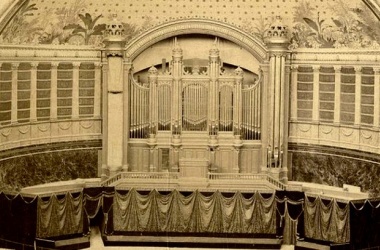
1878: Palais du Trocadéro
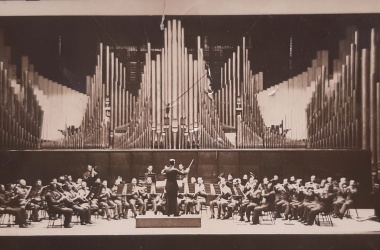
1939: Palais de Chaillot
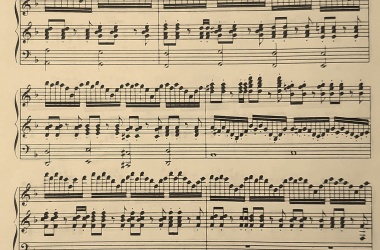
The works premiered on the instrument
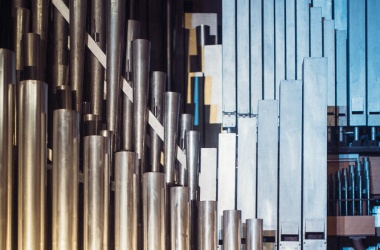
Discography of the organ